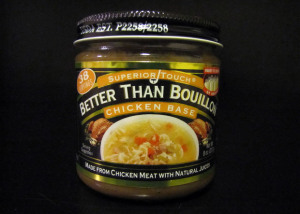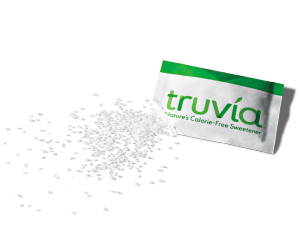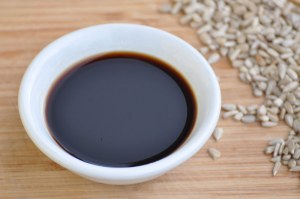
IS LIVERWURST PALEO?
We were recently asked a great question from a reader, and we’re glad to answer it. Many Paleo dieters choose to eat just about anything if it “once had a face,” but as we’ve seen with cured and processed meats, as well as commercially grown animal products, not all animal products are created equal. Let’s take a look
What is Liverwurst?
Liverwurst, also called organ sausage, is pretty simple stuff. It is sausage made from liver and spices, sometimes with the addition of other meats. If you grew up in the United States, there’s a good chance you fall into one of two schools of thought: 1) liverwurst is gross and strange, or 2) liverwurst is the perfect comfort food. Liverwurst is basically a liver pate, in sausage form, that hails from Eastern Europe, and is often served in a terrine or tube. Originally a pate of multiple liver types, usually from pigs or calves, and seasoned with spices according to location, here in the U.S. we have a way of processing those traditional food sources much further.
If you pick up just any old tube of liverwurst, the liver in that package, when alive and well, spent its life processing the corn, grains, and potential offal the calf or pig had to eat at the feedlot. This is why the Paleo diet focuses so seriously on grass-fed and pastured meats. If you want to avoid grain-fed (and GMO-fed) meat, it is important to look for pastured or grass-fed liverwurst.
Is Liverwurst Paleo?
Yes, liverwurst is Paleo! Even Loren Cordain mentions it in The Paleo Diet as a quality source of protein (18% protein). Liver is also an excellent source of choline, an integral component in the protection of memory, and a great way to round out a hunter-gatherer’s diet. When shopping for liverwurst, it is important to be a label detective. Major brands contain corn syrup, sugar, and other non-Paleo additives, not to mention the questionable condition that grain-fed liver is in. Most Paleo gurus recommend shopping your local butcher, or ordering from U.S. Wellness Meats for the most nutrient-dense and least processed options.




